Filter by
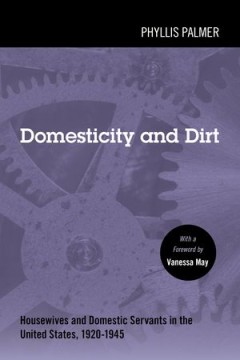
Domesticity and Dirt Housewives and Domestic Servants in the United States, …
In the era after Suffrage, white middle-class housewives abandoned moves toward paid work for themselves, embraced domestic life, and felt entitled to servants. In Domesticity and Dirt, Phyllis Palmer examines the cultural norms that led such women to take on the ornamental and emotional elements of the job while relegating the hard physical work and demeaning service tasks to servants—mainly…
- Edition
- -
- ISBN/ISSN
- -
- Collation
- -
- Series Title
- -
- Call Number
- -
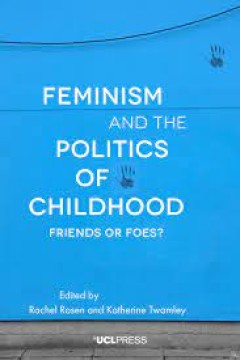
Feminism and the Politics of Childhood – Friends or Foes?
Feminism and the Politics of Childhood offers an innovative and critical exploration of perceived commonalities and conflicts between women and children and, more broadly, between various forms of feminism and the politics of childhood. This unique collection of 18 chapters brings into dialogue authors from a range of geographical contexts, social science disciplines, activist organisations, an…
- Edition
- -
- ISBN/ISSN
- 9781787350632
- Collation
- -
- Series Title
- -
- Call Number
- 361.1 FEM f
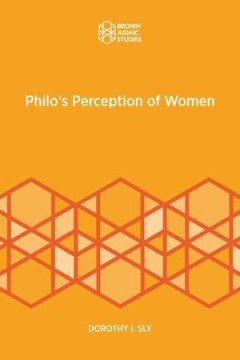
Philo’s Perception of Women
This volume is a study of Philo's perception of women and female gender.
- Edition
- -
- ISBN/ISSN
- 9781951498535
- Collation
- -
- Series Title
- -
- Call Number
- 305.4 SLY p
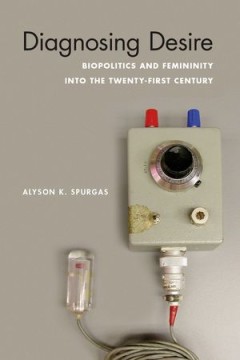
Diagnosing Desire: Biopolitics and Femininity into the Twenty-First Century
In Diagnosing Desire: Biopolitics and Femininity into the Twenty-First Century, Alyson K. Spurgas examines the “new science of female sexuality” from a critical, sociological perspective, considering how today’s feminist-identified sex researchers study and manage women with low desire. Diagnosing Desire investigates experimental sex research that measures the disconnect between subjectiv…
- Edition
- -
- ISBN/ISSN
- 9780814214510
- Collation
- -
- Series Title
- -
- Call Number
- 301 SPU d

Online Anti-Rape Activism: Exploring the Politics of the Personal in the Age …
Online Anti-Rape Activism examines the nature, use and scope of online spaces for anti-rape activism. Drawing on semi-structured interviews with activists from around the world, survey data from participants in these spaces, and a content analysis of social media pages, weblogs and websites, this book explores the complexities, contradictions, possibilities and politics that underscore the ways…
- Edition
- -
- ISBN/ISSN
- 9781838674403
- Collation
- -
- Series Title
- -
- Call Number
- 302.5 LON o
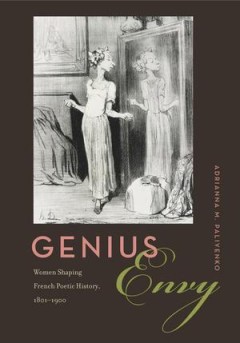
Genius Envy: Women Shaping French Poetic History, 1801-1900
In Genius Envy Adrianna M. Paliyenko uncovers a forgotten past: the multiplicity and diversity of nineteenth-century French women’s poetic voices. Conservative critics of the time attributed genius to masculinity and dismissed the work of female authors as “feminine literature.” Despite the efforts of leading thinkers, critics, and historians to erase women from the pages of literary hist…
- Edition
- -
- ISBN/ISSN
- 9780271077086
- Collation
- -
- Series Title
- -
- Call Number
- 301 PAL g
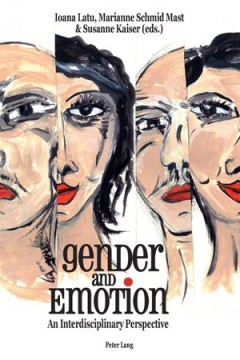
Gender and Emotion An Interdisciplinary Perspective
Women express more emotion than men, but do they also experience more emotion than men? Are emotions represented differently in men and women’s brains? What are the origins of gender differences in emotions – are we born different or is it socialization that renders us different? What are the implications of gender differences in emotion for general well-being, insomnia, depression, antisoc…
- Edition
- -
- ISBN/ISSN
- 9783034311755
- Collation
- -
- Series Title
- -
- Call Number
- -

Deviant Women Cultural, Linguistic and Literary Approaches to Narratives of …
This multidisciplinary collection of articles illuminates the ways in which the concept of female deviance is represented, appropriated, re-inscribed and refigured in a wide range of texts across time, cultures and genres. Such a choice of variety shows that representations of deviance accommodate meaning-making spaces and possibilities for resistance in different socio-cultural and literary co…
- Edition
- -
- ISBN/ISSN
- 9783653033199
- Collation
- -
- Series Title
- -
- Call Number
- -
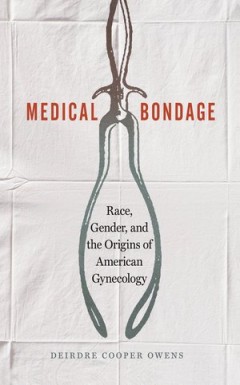
Medical Bondage : Race, Gender, and the Origins of American Gynecology
Medical Bondage explores how, in the nineteenth century, experimental surgeries on enslaved and laboring women enabled the rise of American gynecology as a medical specialty, and shaped our understanding of race. Merging women’s, medical, and social history, the book makes Black and Irish women's lives—not just their bodies—part of an origins story of American medicine (one that has large…
- Edition
- -
- ISBN/ISSN
- 9780820351353
- Collation
- -
- Series Title
- -
- Call Number
- -

Defending Women's Rights in Europe: Gender Equality and EU Enlargement
Comparative analysis of gender equality reforms enacted in ten post-communist states who became members of the European Union. Between 2004 and 2007, ten post-communist Eastern European states became members of the European Union (EU). To do so, these nations had to meet certain EU accession requirements, including antidiscrimination reforms. While attaining EU membership was an incredible a…
- Edition
- -
- ISBN/ISSN
- 9781438455914
- Collation
- -
- Series Title
- -
- Call Number
- -
 Computer Science, Information & General Works
Computer Science, Information & General Works  Philosophy & Psychology
Philosophy & Psychology  Religion
Religion  Social Sciences
Social Sciences  Language
Language  Pure Science
Pure Science  Applied Sciences
Applied Sciences  Art & Recreation
Art & Recreation  Literature
Literature  History & Geography
History & Geography